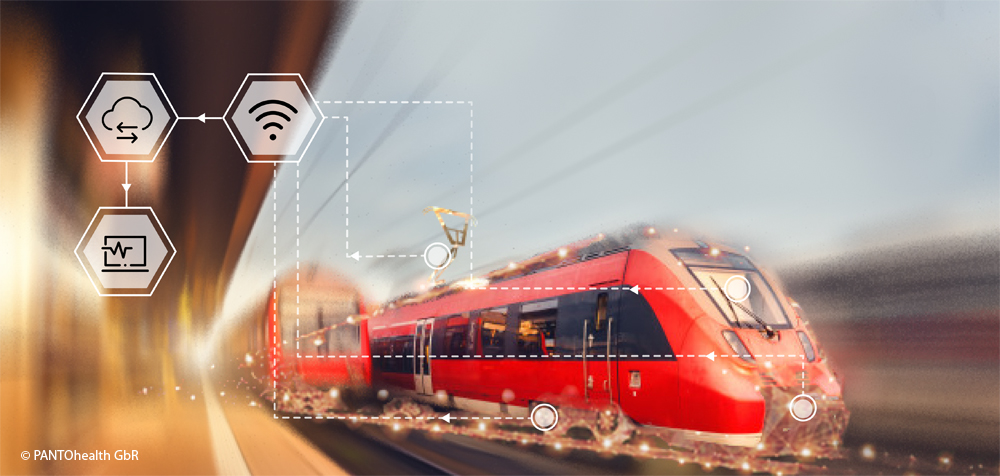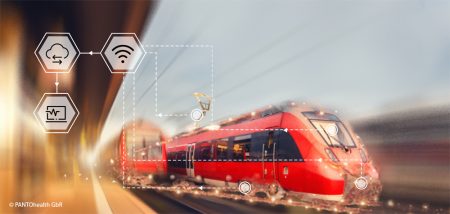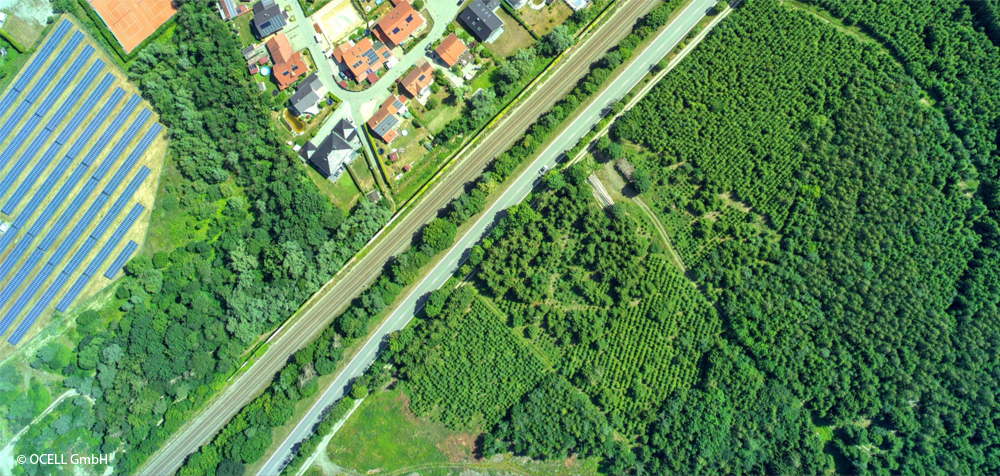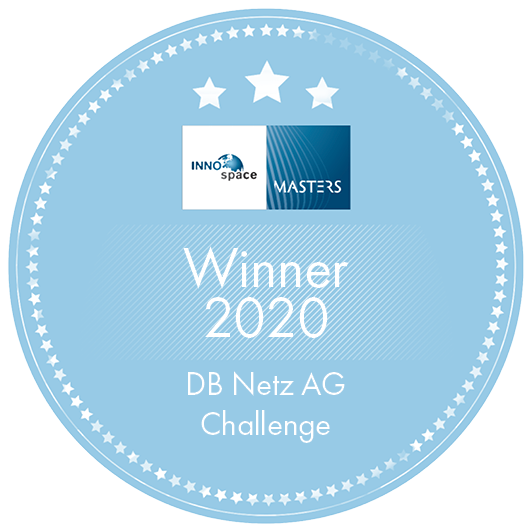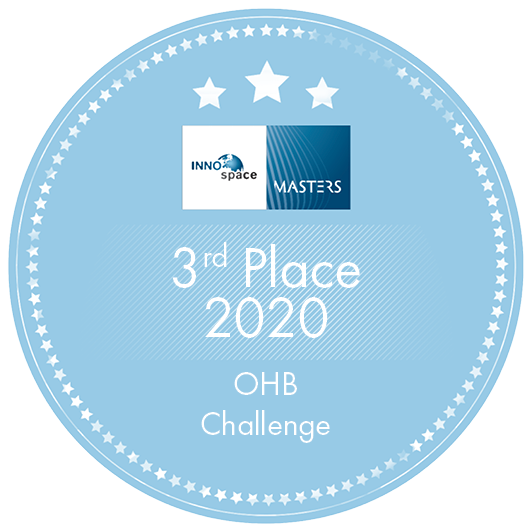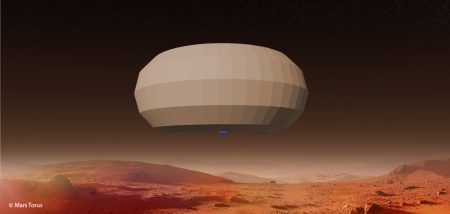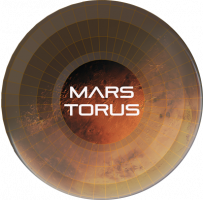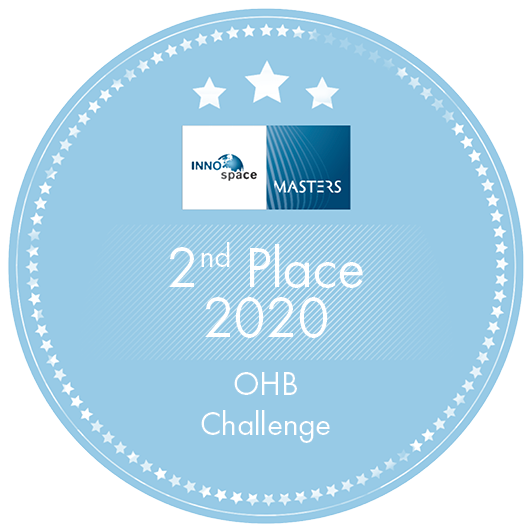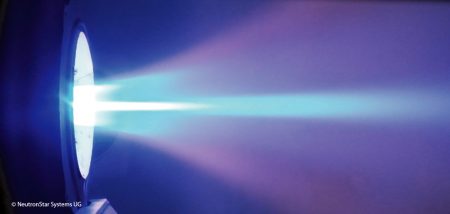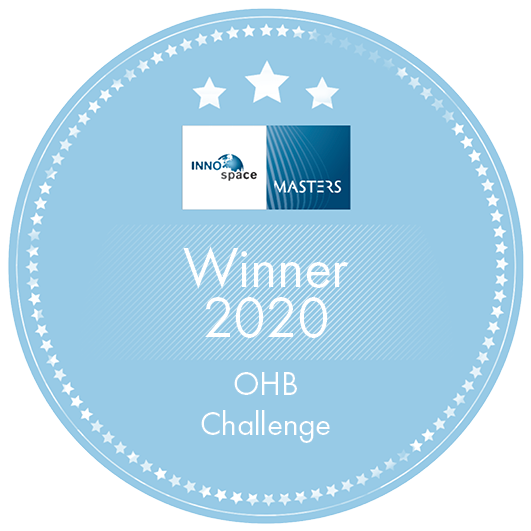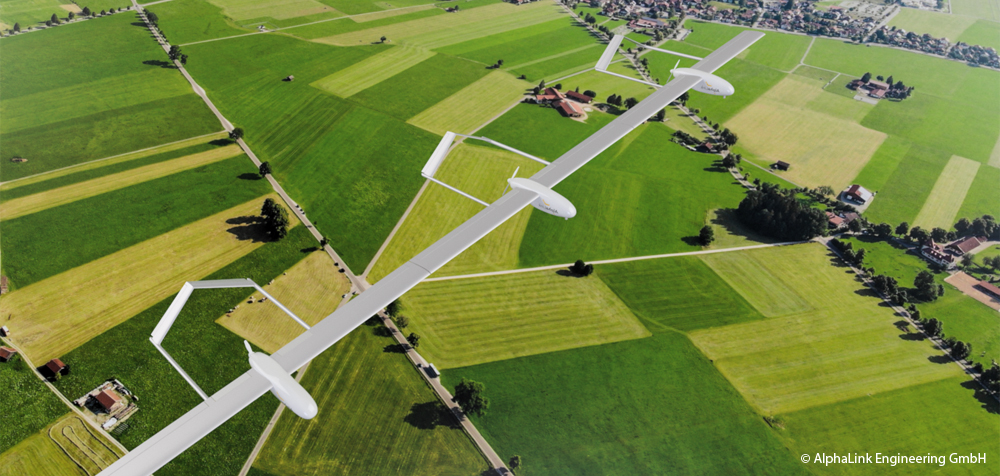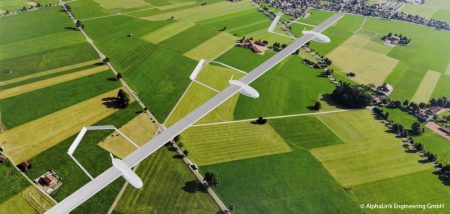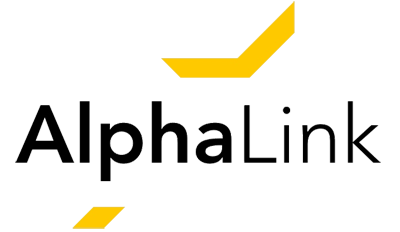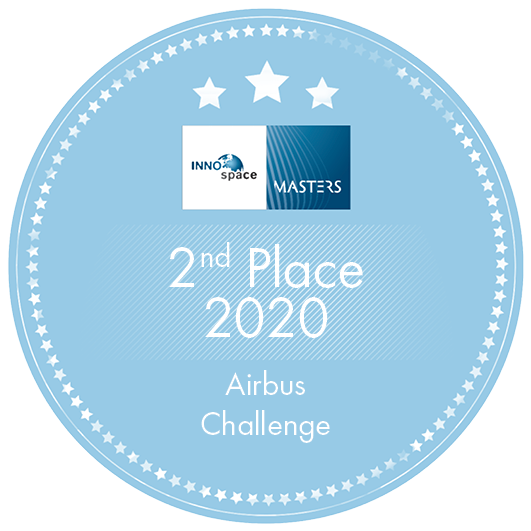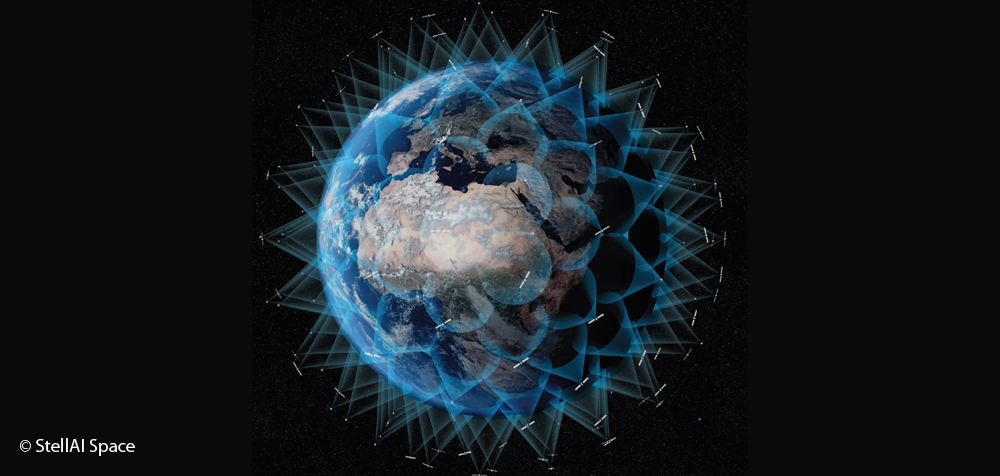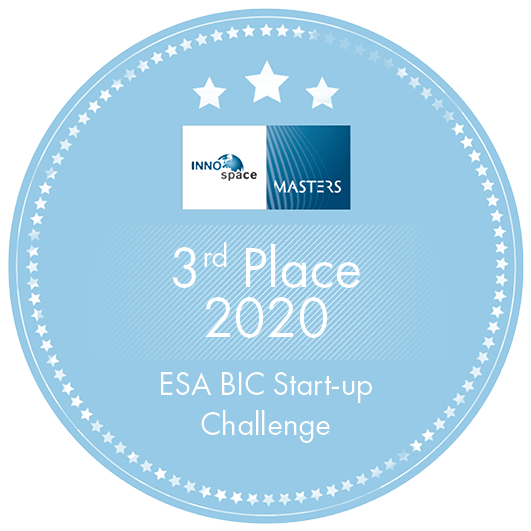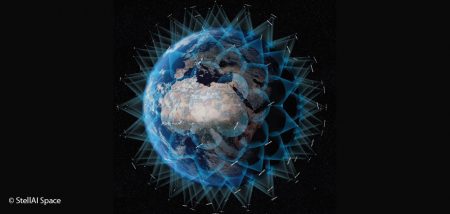ERMES – Extensive road monitoring and early-warning system
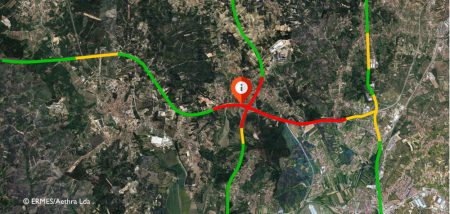
Slope stability and ground subsidence along roads and railway tracks are currently monitored using inclinometers and land surveying. These measures lead to substantial logistical challenges and increased costs. THEIA has developed ERMES (Extensive Road Monitoring Early Warning System) to perform large-scale road infrastructure monitoring through satellite data. The system uses multiple advanced remote sensing methodologies to track ground deformation and monitor slope stability and ground subsidence throughout road and railway networks. Using high-frequency remote sensing data, ERMES can determine the speed of deformation and set up an early-warning system for structural health monitoring. This enables efficient, preventive maintenance strategies to be implemented and measures to be optimised to minimise risk.
Benefits:
- Enables regular monitoring of large infrastructure using satellite data
- Optimisation of maintenance costs and operations for road and rail infrastructure
- Reduction of critical outages and increase in security




